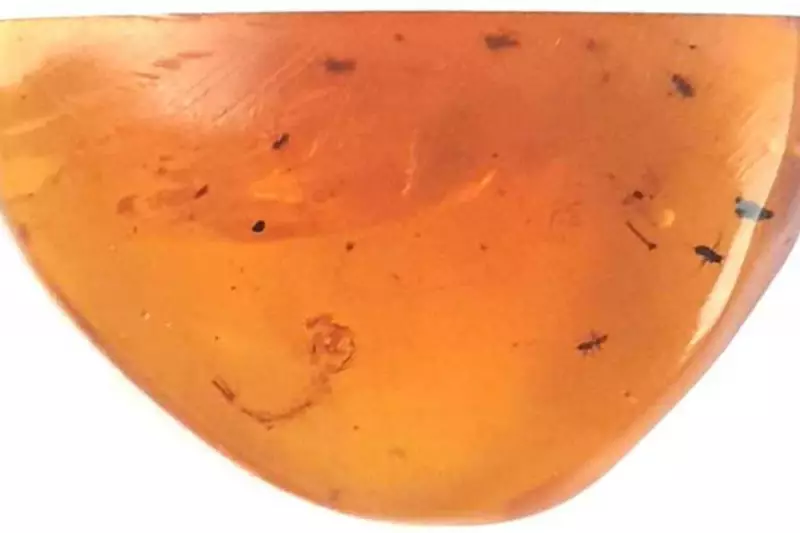
In an astonishing paleontological breakthrough, researchers have unearthed a remarkable time capsule from the age of dinosaurs—a mosquito larva exquisitely preserved in 100-million-year-old amber. This extraordinary fossil provides an unprecedented window into the ancient world of bloodsucking insects.
A Perfectly Preserved Prehistoric Specimen
The discovery represents one of the most complete mosquito larvae ever found from the Cretaceous period. Encased in golden amber, the tiny creature appears almost as if it were frozen in time yesterday, rather than 100 million years ago. Every minute detail of its delicate body remains visible to the naked eye.
Revolutionary Insights into Ancient Ecosystems
This remarkable preservation offers scientists invaluable clues about the evolution of mosquitoes and their ecological role during the dinosaur era. The specimen's exceptional condition allows researchers to study anatomical features previously unknown in prehistoric mosquitoes, potentially rewriting our understanding of how these persistent biters evolved.
What Makes This Discovery So Significant?
- Rarity of complete insect larvae in fossil records
- Perfect preservation of delicate anatomical structures
- Direct evidence from the Cretaceous period
- Potential insights into ancient disease transmission
The finding challenges previous assumptions about mosquito evolution and distribution. This larval mosquito represents a crucial missing piece in the puzzle of insect development through geological time, according to leading entomologists studying the specimen.
Amber: Nature's Perfect Preservation Medium
The fossilized tree resin acted as a natural time capsule, protecting the delicate larva from decomposition while maintaining its three-dimensional structure. This method of preservation has proven invaluable for scientists studying ancient life forms, particularly fragile insects that rarely survive in other types of fossils.
As research continues, this prehistoric mosquito larva promises to reveal more secrets about life during the Cretaceous period and the evolutionary journey of one of humanity's most persistent insect companions.





